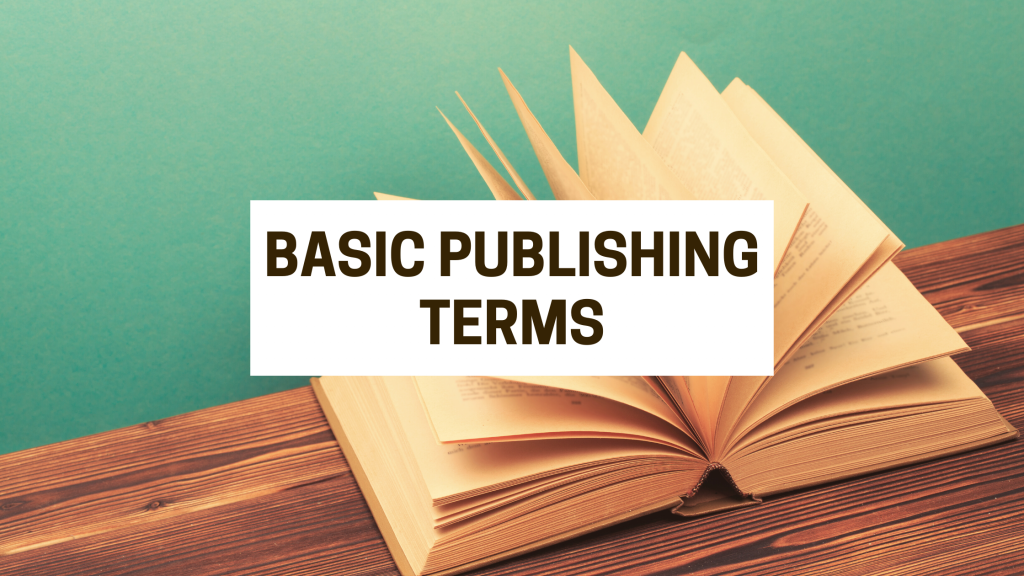Every great book begins as a thought, a whisper of a story yearning to be told. But what happens when you’re standing at the threshold of creativity, holding a world within your mind, yet unsure how to bring it to life on paper?
This is a crossroads many aspiring authors face: the transition from an idea, a dream, to a tangible manuscript that others can explore and enjoy. This journey, though daunting, is where the magic of authorship begins, and it’s where KitaBooks steps in to illuminate the path. Here’s your beginner’s guide to transforming that spark of an idea into a manuscript that not only exists but thrives in the hearts and minds of readers.
Understanding the Writing Process
Starting the writing process begins with nurturing your book idea. This foundational stage is about giving your concept both roots and wings. Start by jotting down the essence of your story: What’s the central theme? Who are the main characters? What journey do they embark on? This early brainstorming sets the stage for your narrative.
Development and Outlining
As you begin to shape your book idea, it’s essential to immerse yourself in the world you’re creating. If it’s a novel, spend time understanding your characters, their backgrounds, motivations, and the dynamics between them. For non-fiction, define and organize the events or information you’re presenting. This is a phase of exploration and discovery, where creativity takes the lead. Allow yourself to be absorbed in this world, letting the details and nuances come to life organically.
It’s not about rushing to write, but rather about letting the essence of your story or subject matter naturally evolve, laying a solid foundation for when you start putting words on paper.
Start the Writing
Now, with a deep understanding of your characters or a firm grasp of your non-fiction topics, you’re ready to begin writing. This is the stage where you transform your ideas and research into a compelling narrative or informative content. Start at a pace that feels natural, allowing your creativity to guide you. Remember, the first draft is about laying down your thoughts; perfection comes later. Whether it’s a character’s journey or an unfolding of events and information, let your writing be an exploration. As you progress, your unique voice will emerge, and your story or content will start taking on a life of its own, shaped by the groundwork you’ve established.
Writing Routines and Overcoming Writer’s Block
Embracing inspiration-led writing aligns with the belief that creativity flows best when it’s natural and unforced. Instead of rigid routines, focus on creating a writing environment that sparks inspiration. Surround yourself with elements that stimulate your creativity, be it music, nature, or art.
Regarding writer’s block, view it as the universe’s way of signaling a pause, a moment to rejuvenate. It’s an opportunity to step back, engage in different activities, and allow new ideas to surface. Remember, writing is not just about putting words on paper; it’s about capturing the essence of inspiration when it strikes.
Seeking Feedback and Revision
Feedback and revision are crucial in refining your manuscript. Encourage friends or fellow writers to provide honest critiques of your work. Joining writing groups or online forums can also offer valuable perspectives. Remember, feedback is not personal; it’s about making your work stronger. Post-feedback, approach revisions with an open mind. This is where your writing evolves, transforming good into great. It’s a process of reworking and polishing, ensuring every word, every sentence serves your story or topic effectively. Embrace this phase as an opportunity for growth and improvement in your writing journey.
Professional Editing and Why It Matters
Professional editing is a vital step in the journey of your manuscript from draft to publication. It’s about much more than just correcting grammar and spelling; it’s a comprehensive process that enhances clarity, cohesiveness, and overall readability. Editors bring a fresh, objective perspective, identifying areas for improvement that writers often overlook. They ensure that your book resonates with your intended audience and meets industry standards.
Next Steps After Completing the Manuscript
Upon completing your manuscript, you’ll face several publishing routes. Self-publishing offers complete control over the publishing process but requires you to handle all aspects, from cover design to distribution. Finding a literary agent can open doors to traditional publishing houses, where agents advocate on your behalf but it often involves a highly competitive selection process. Alternatively, working with an agency like KitaBooks offers a balanced approach. Agencies provide expertise in editing, design, and marketing, streamlining the journey from manuscript to published book. They blend the autonomy of self-publishing with the professional touch of traditional routes. Each path has its merits; the choice depends on your goals and resources.
Conclusion and Promotion of KitaBooks
In conclusion, transforming your writing aspirations into a published book is a journey of creativity, dedication, and strategic decision-making. KitaBooks offers a comprehensive solution for this journey, providing tailored support from initial concept development to expert editing, and effective marketing strategies. With our experienced team, we navigate the complexities of publishing, ensuring your story not only gets told, but also reaches and resonates with your intended audience. If you’re ready to turn your writing dream into a celebrated reality, reach out to KitaBooks. We’re here to guide you every step of the way.








